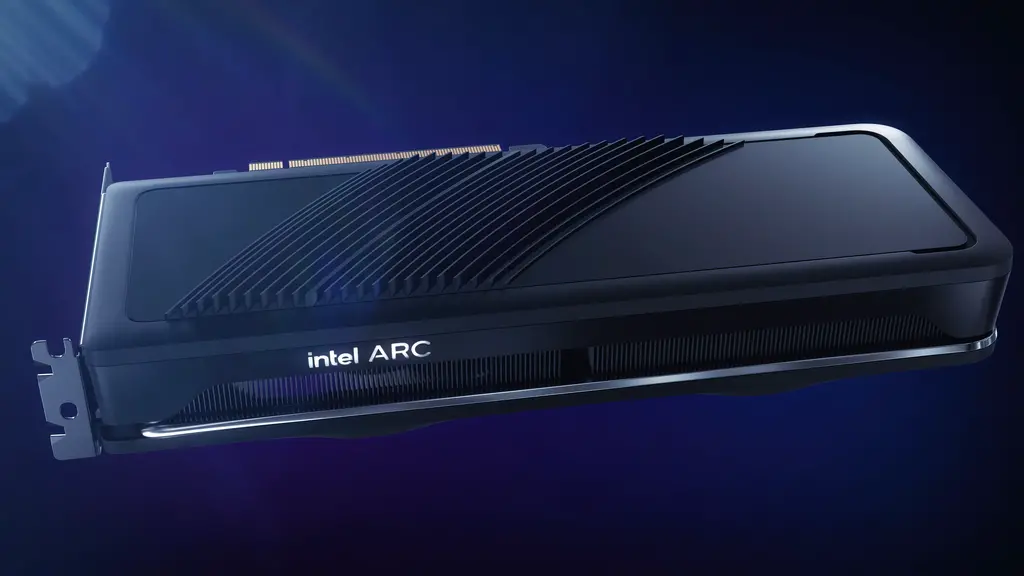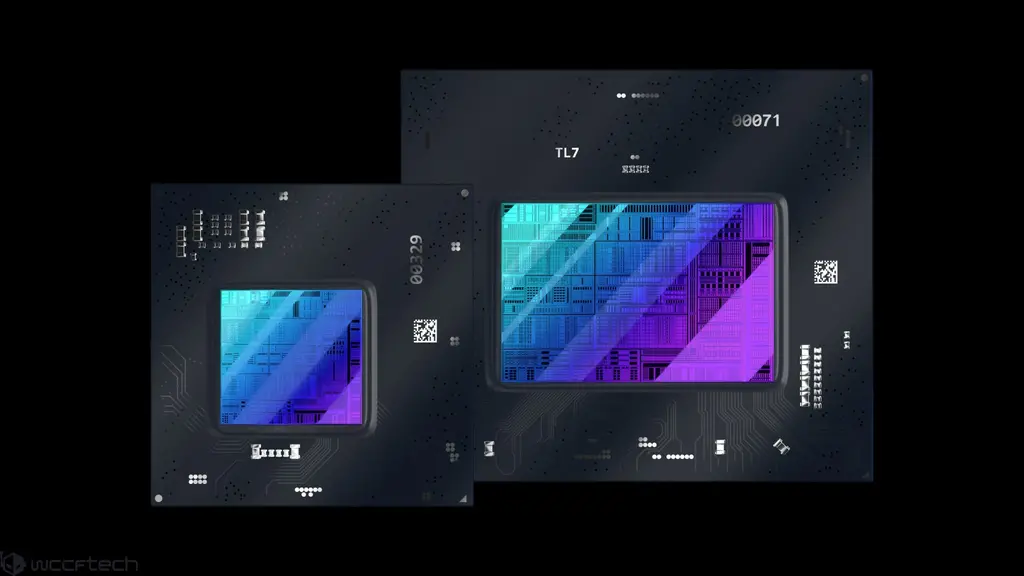In Linux kernel 5.19, a large number of updates on AMD, NVIDIA and Intel continue to be integrated. Support for arc alchemist and DG2 open source drivers is coming to an end, and Intel is now moving towards more standard independent graphics card startup requirements Recently, one of the non core functions integrated for arc graphics card devices is VRAM self refresh, or VRAM SR for short

The newly introduced VRAM SR support facilitates the D3cold and s0ix suspend modes throughout the system. Add this new feature to allow users to bypass the forced discharge of local memory objects to the system in a power-saving state. VRAM SR provides reserved dedicated video memory context to refresh when exiting D3cold power state.
When recovering from energy-saving conditions, users can expect a lower delay level with minimal adjustment to power consumption. The system can continue to utilize its dedicated video memory state by allowing it to maintain a minimum of activity.
Intel's arc graphics card VRAM SR function appeared after the company recently completed the DG2 power management supported by Linux on the company's graphics card. The update includes the addition of the latest ID and support for Intel computing tasks, allowing the latest kernel to provide enhanced power management processing for arc alchemist Series graphics.

Intel's arc graphics and the company's client graphics cards do not support D3cold vrsr mode, which provides the highest power saving level - completely zero Watts - with increased latency when exiting.
The newly included VRAM SR function and its benefits to the user system also depend on the support of the host system BIOS. Intel chose to support not only arc alchemist DG2 graphics cards, but also backward compatible DG1 graphics cards. However, the Linux kernel has not provided the same help, which may lead to supporting the open source operating system after DG2 support is fully completed.